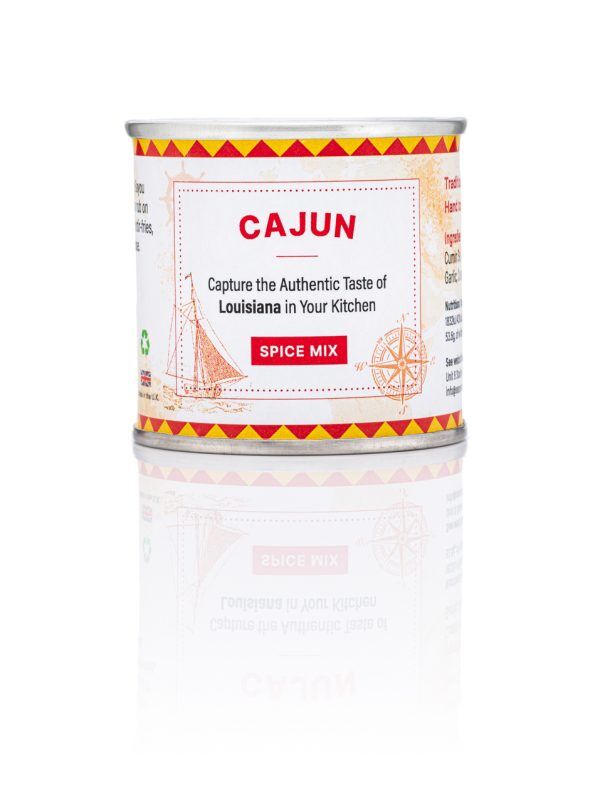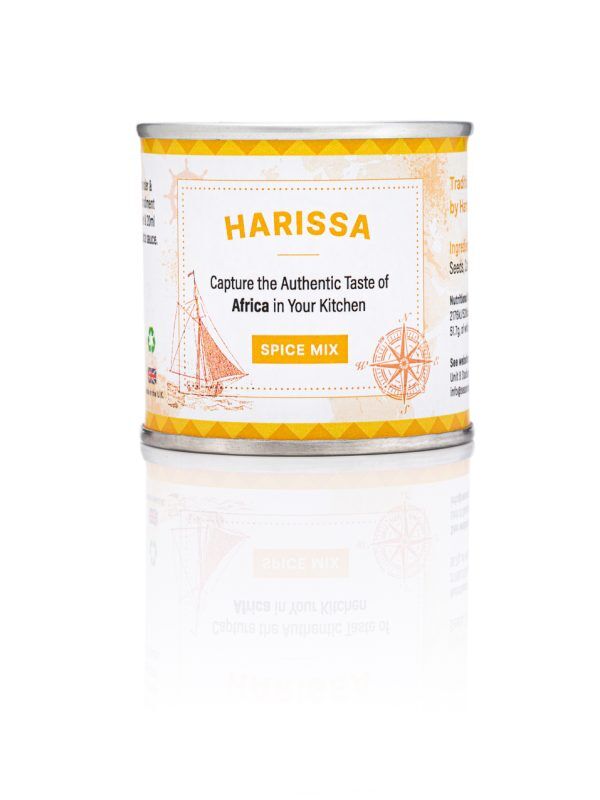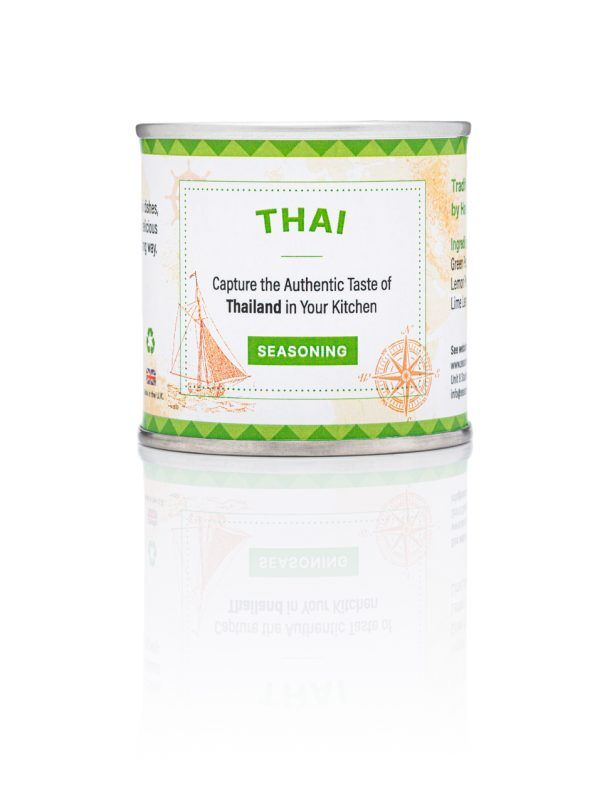Stir Fry Spices
All Stir Fry Spices
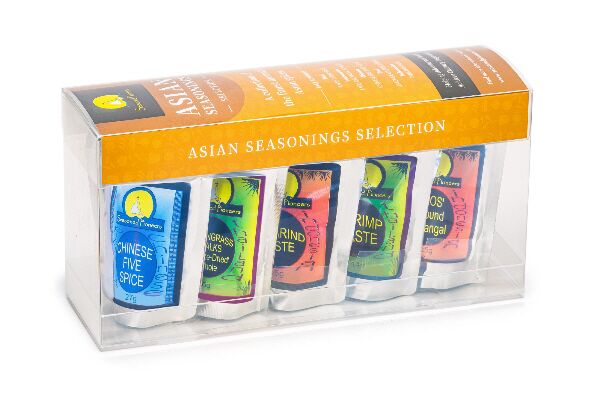 View Asian Spice Gift Selection
View Asian Spice Gift Selection  View Chinese Five Spice Blend
View Chinese Five Spice Blend 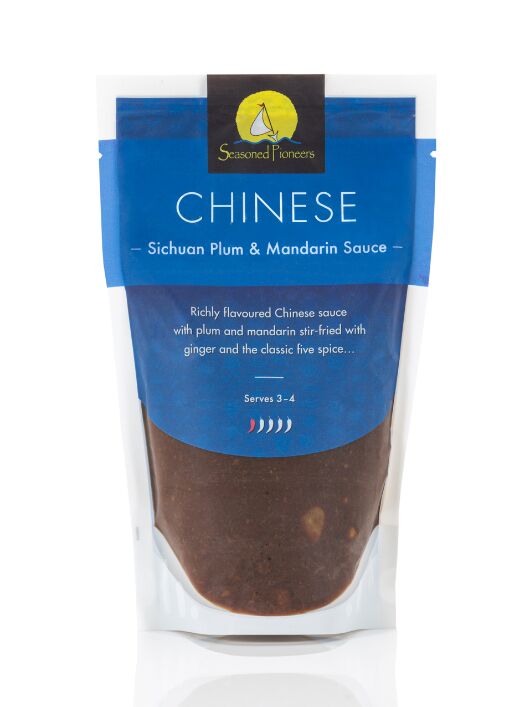 View Chinese Sichuan Plum & Mandarin Gourmet Cooking Sauce
View Chinese Sichuan Plum & Mandarin Gourmet Cooking Sauce  View Garlic Powder Roasted
View Garlic Powder Roasted  View Ginger Organic, Ground
View Ginger Organic, Ground 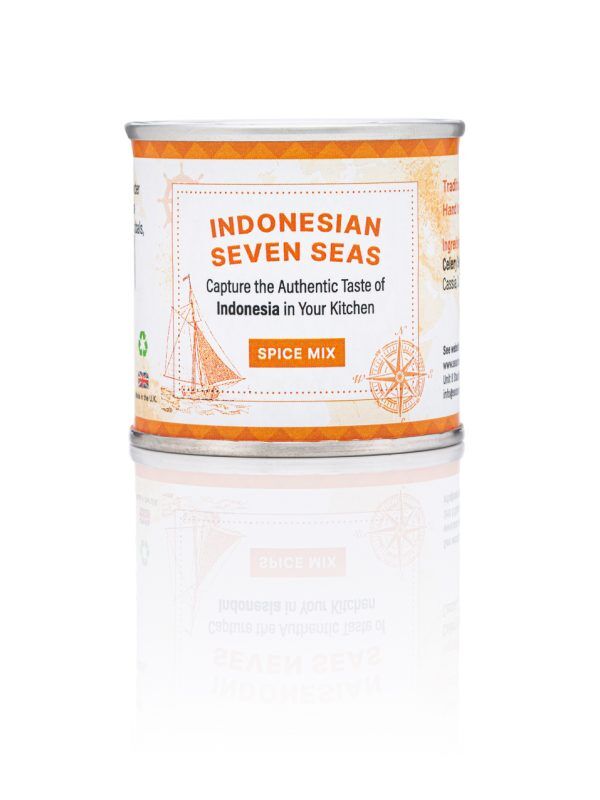 View Indonesian 7 Seas Spices TIN
View Indonesian 7 Seas Spices TIN  View Indonesian Spice Mix (Seven Seas)
View Indonesian Spice Mix (Seven Seas)  View Kaffir Lime Leaves Freeze-Dried
View Kaffir Lime Leaves Freeze-Dried  View Lemongrass Organic, Cut Stalks
View Lemongrass Organic, Cut Stalks  View Lemongrass Stalks Freeze-Dried
View Lemongrass Stalks Freeze-Dried  View Malay Curry Powder Organic
View Malay Curry Powder Organic  View Powdered Kaffir Lime Leaves
View Powdered Kaffir Lime Leaves  View Red Chillies Crushed
View Red Chillies Crushed  View Shrimp Paste (Thai Kapee)
View Shrimp Paste (Thai Kapee)  View Sichuan Pepper, Whole
View Sichuan Pepper, Whole Stir Fry Spices
Best Stir Fry Spices & Herbs
Who doesn’t love a stir fry? Not only are they quick and easy to make, but they’re also a delicious way to get more vegetables into your diet. The best part is that there are no rules when it comes to stir frys, and you can also get as creative as you like. Add all your favourite vegetables, play around with different proteins, toss a little sesame seeds for extra umami, or add spices and herbs for an extra kick of flavour. To help you get started, we’ve put together our top picks of the best stir fry spices and herbs.
Ginger
Ginger root is one of the most popular spices used in stir frys. Its spicy zing can really enhance any stir fry, whether you’re cooking with vegetables, meat or fish. Ginger also provides health benefits such as relieving nausea, enhancing the immune system and aiding digestion. Peel and slice the root, lightly bruising it so that the juices and flavours are released. Another option is to finely grate the root if you don’t want large chunks in your dish. Toss it in at the start of cooking to really get the aromas going. Try ginger root in this recipe for Seven Seas chicken noodles with crispy omelette.
Cumin
Cumin has an intense aroma with warm, earthy flavours and tart undertones. It’s a versatile spice, forming the base of many worldwide spice blends like garam masala, shawarma and fajita seasonings. It pairs particularly well with vegetable dishes as well as rich meats such as beef and lamb, but you can get as creative as you like. Spice up your stir fry rice dishes, like this Lebanese rice with beef, sumac and egg, or this recipe for red onion tamarind rice.
Galangal
Often mistaken for ginger (they are in the same family after all), galangal has a smoother and paler skin with a whitish yellow interior. Galangal also boasts a more fragrant, lemony and zingy flavour which is commonly found in the cuisines of Thailand, Malaysia, Indonesia, Vietnam, Cambodia, Laos and Singapore. Often used in soups and curries, galangal also works wonders in stir frys—simply mince it up small and fry together with your other aromatics. The spice goes well in prawn or fish stir dishes as it’s said to mask any fishy flavour.
Chilli
A kitchen staple, chillies are the backbone of any stir fry. If you like heat, simply chop up a few fresh chillies and toss them in at the start of your cooking. There are so many varieties of chillies that you can get really creative when cooking with them. Going for a Mexican inspired stir fry? Try adding whole piquin peppers. Playing with Indian flavours? The volcanic Naga Jolokia chillies really pack a punch (only for those who can handle their spice!) While whole chillies work better in stir frys, you can also add chilli powder or hot paprika powder into a stir fry sauce or to marinate your stir fry meat.
Turmeric
This vibrant yellow spice is a fantastic addition to any stir fry. Its musky, earthy, tart flavour has hints of peppery spice and sweetness. Use whole or ground turmeric with egg stir frys and rice dishes like this turmeric pineapple fried rice. It also pairs deliciously with meat, chicken and seafood. Thanks to its main component curcumin, turmeric boasts plenty of health benefits such as improving heart health, improving symptoms of arthritis and aiding your digestion.
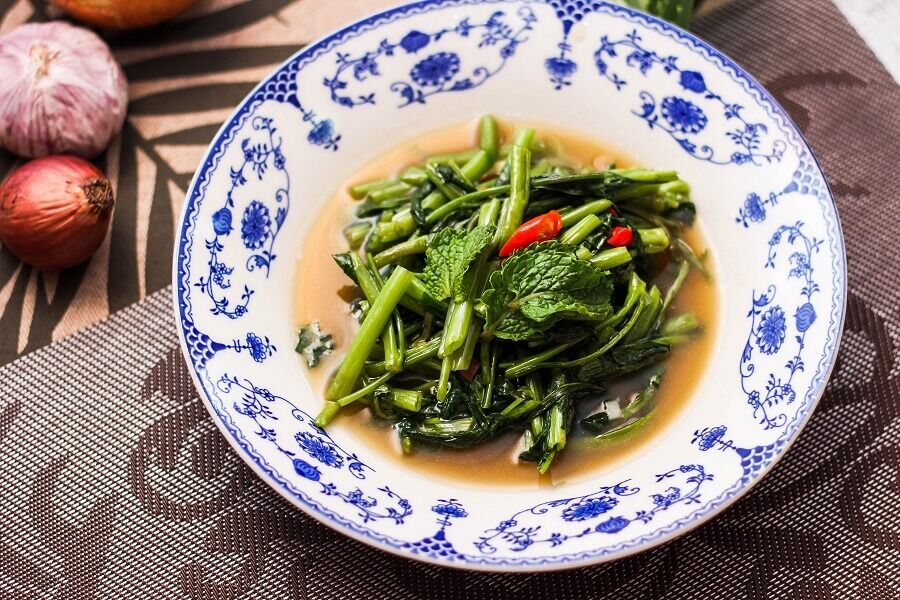
Coriander
Fresh coriander is a wonderful herb. Its fragrant, citrusy flavour adds a tasty zing to stir frys, and you’ll commonly find these vibrant green leaves in Thai, Vietnamese and South American cuisine. Use coriander to spice up bland vegetables like green beans or spinach, and if you’re adding fish and meat to your stir fry, you can even add it to a marinade. In spice form, ground coriander seeds are warm, spicy and nutty with a hint of citrus. They can be used together with cumin and cinnamon as they share similar flavour profiles.
Mint
Mint is a very common ingredient in Thai cuisine, where it’s added to salads, soups, curries and stir frys. Fresh mint leaves can brighten up any stir fry and go particularly well with chicken and pork. If marinating your meat beforehand, you can even add dried mint leaves to the marinade. Dried mint leaves tend to be more aromatic and pungent than fresh leaves, giving your dish a more powerful punch.
Basil
While you may associate basil with Italian food and rich, tomato-based sauces, basil is in fact a delicious addition to any stir fry. These vibrant leaves have a balance of sweet and savoury, adding hints of mint, anise and pepper to your dishes. If you’re going for an Asian inspired dish, try using Thai holy basil instead. Its musky flavour has hints of cloves and pepper, with a slight numbing effect on the tongue like Sichuan peppers. Try it in this Thai holy basil stir fry and this recipe for pork with basil and chilli.
Lemongrass
A key ingredient in many Asian cuisines, lemongrass is a great complement to any stir fry containing seafood and chicken. Although it has a citrusy taste, its flavour isn’t as sharp and pungent as a lemon. In fact, its light, floral flavours are suitable when cooking with bold ingredients as they don’t take over the other flavours of a dish. Plus, its lovely fragrance won’t go amiss in your cooking.
Kaffir lime leaves
Kaffir lime leaves are cultivated in the subtropics of Southeast Asia and are commonly used in Indonesian and Thai cuisine. These fragrant leaves have a sharp and citrus flavour and aroma can really brighten up and add a zing and depth of flavour to any stir fry. They’re usually added to a dish whole, similar to how bay leaves would be used. However, you can also slice them very thinly or use the powdered form. Cook together with Thai holy basil and you have a winning combination.You can also use spice blends in a stir fry. Try a sprinkle of Cajun Spice Blend, Indonesian 7 Seas or Chinese 5 Spice to name a few. Looking to cheat even further and produce a tasty, fast meal, you could consider using a Gourmet Cooking Sauce!


